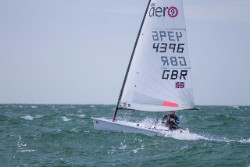
Welcome to the International Class Association website for the RS Aero. Here you will find all there is to know about the RS Aero including the latest news, how to register your boat, and links to relevant documents.
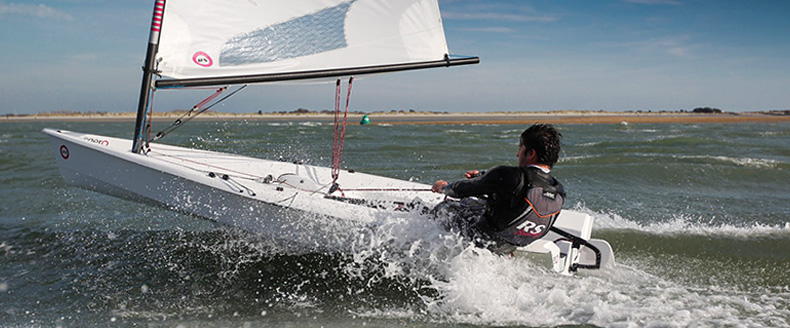
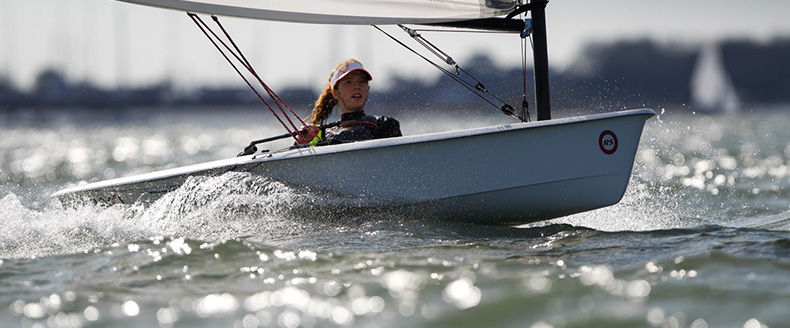
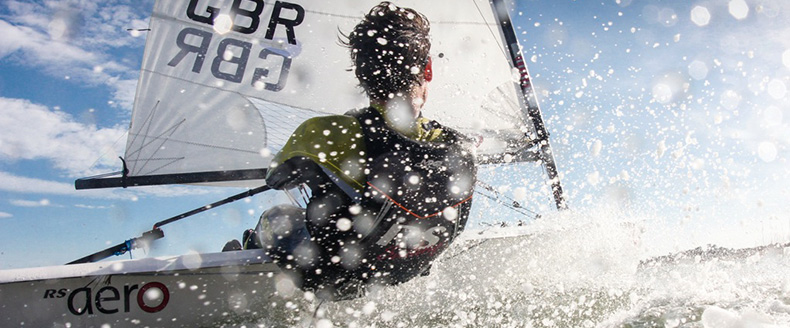
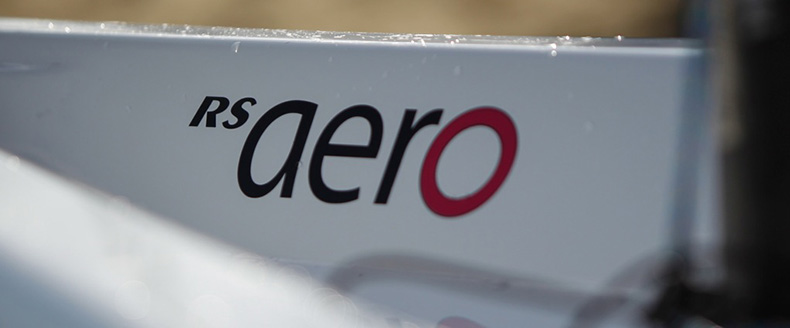
| Home >> Top Tips >> TopTip2020 #25 - Anatomy of a Gust - by Dave Lynall, GBR |
 TopTips 2020 #25
TopTips 2020 #25 Anatomy of a Gust
by Dave Lynall, GBR
David Lynall of Bowmoor Sailing Club is one of the fastest RS Aero sailors about, winning our first RS Aerocup in Barcelona, Spain, in 2015 and most events he has attended since! Here he explains wonderfully that dark art of what the breeze does in a convective gust. Who knew?!
Firstly there is sadly no such thing as a typical gust. The wind is such a complex beast that we can only really generalise. A true convective gust brings air down to the surface because of the differential in temperature (such as cloud effect). This is the type of gust I will try my best to shed some light on. The other type of gust is a non-convective turbulent gust, the type we do unfortunately experience a lot at Bowmoor and other small lakes.
So back to the more friendly convective gusts. As per my drawn example, the theory is that in the northern hemisphere, due to the Coriolis Effect, a gust will veer at the surface relative to the mean wind direction (see axis in red). In addition to this, due to the Bernoulli Effect, there will be a bend in the wind at the edges of the gust. This is where the fast moving air at low pressure intersects with the slow moving air at (relatively) higher pressure. Hold that thought for a minute.
Talking specifically about sailing upwind, the difference between just sitting on the side vs entering a gust and flat hiking has 2 positive implications before we even consider the potential changes in wind direction. So don your polarised sunglasses, seek out those lovely dark patches, overcome the fear and you will find that gusts can be your best friend and a ticket to huge gains on the race course.
Firstly a modern dinghy travelling at say 2 knots with a slightly bored helm will not have much grip on the water and will be suffering considerable leeway. Travelling at 4.5 knots when fully hiked out not only gets you along quicker but a boat that is powered up can point significantly higher than one that is not. The so called 'grip height' is as a result of the aerofoils (your rudder and dagger board) and your sail(s) working their magic and producing lift, thus combating the leeway and allowing you to climb higher. Some of you may have seen the DVD or heard the term 'Higher & Faster'. I would argue that it should read 'Faster & Higher'.
Here's a third way in which gusts can give you gains:- So have a good look at the sketch plan again. If you spot a well-defined gem of a gust surrounded by relative calm, there is a good chance that you can make some huge gains upwind by tacking across into the side of it. Most gusts hit the water and fan out down the lake taking a conical shape in the plan view. It is generally thought that entering a gust on a starboard tack will get the best result, taking advantage of the veering. From about half way and upwards in this example you can get Bernoulli lifts at the periphery of the gust on both sides of the cone. If you are really lucky and get in the groove of an entire gust, you can climb up the cone of the gust gaining lifts on both sides and on both tacks - that's the beauty of their shape. If you've ever thought 'how the hell did that person go up that beat so fast', it's probably one of those rare occasions that somebody got the gust cone exactly right, winning on every tack. Rare, but my point is, get yourself in the pressure – you have to be ‘In it to win it’. One last warning: - when you do first hit the gust, whilst your boat is travelling slowly, there is an immediate change in apparent wind (aft) which will compound the Bernoulli lift at the edge of the gust. So be prepared to put the helm down rather quickly and follow your tell-tales. There is usually a subsequent bearing away as the apparent wind moves forward and the edge effects lessen. Not paying attention at this point can result in a scary panic with much spilling of precious power or a knock down to those that don't point up and don’t ease the sheet(s) as the pressure comes more on the beam.
The caveat to the above is that when there are numerous gusts across the lake which are quite close to each other, you are very likely to get effects which do not exactly follow this ideal. As with all weather, even super computers get it wrong on a regular basis! Regardless of this, it's always faster to seek out those lovely dark patches!
Happy (Virtual) Sailing, Dave '
Top Photo; RS Aerocup: Barcelona, Spain, Oct 2015. When racing was cancelled on Big Sunday the RS Aero 9 sailors rigged up their RS Aero 7s!
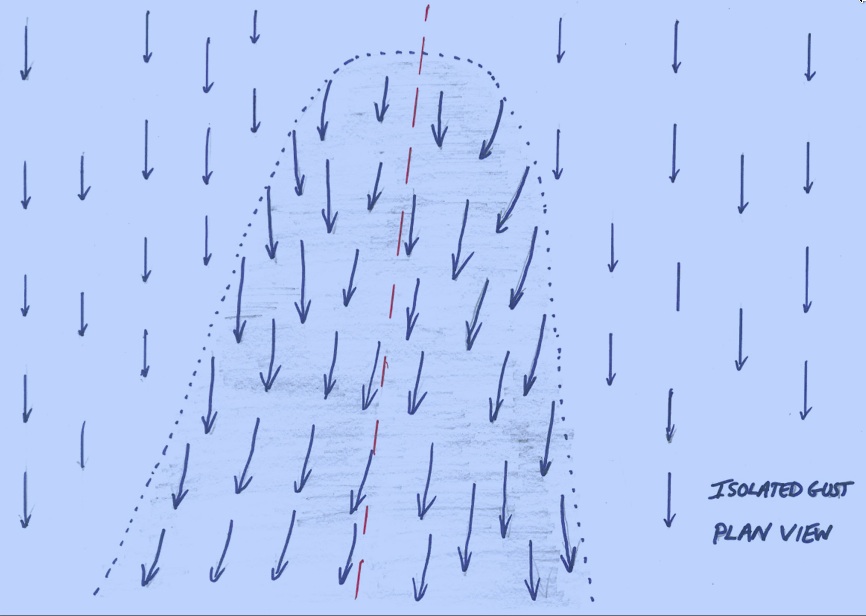
Reply
19/04/2020 18:29:00
Peter Barton
Posts: 5202






